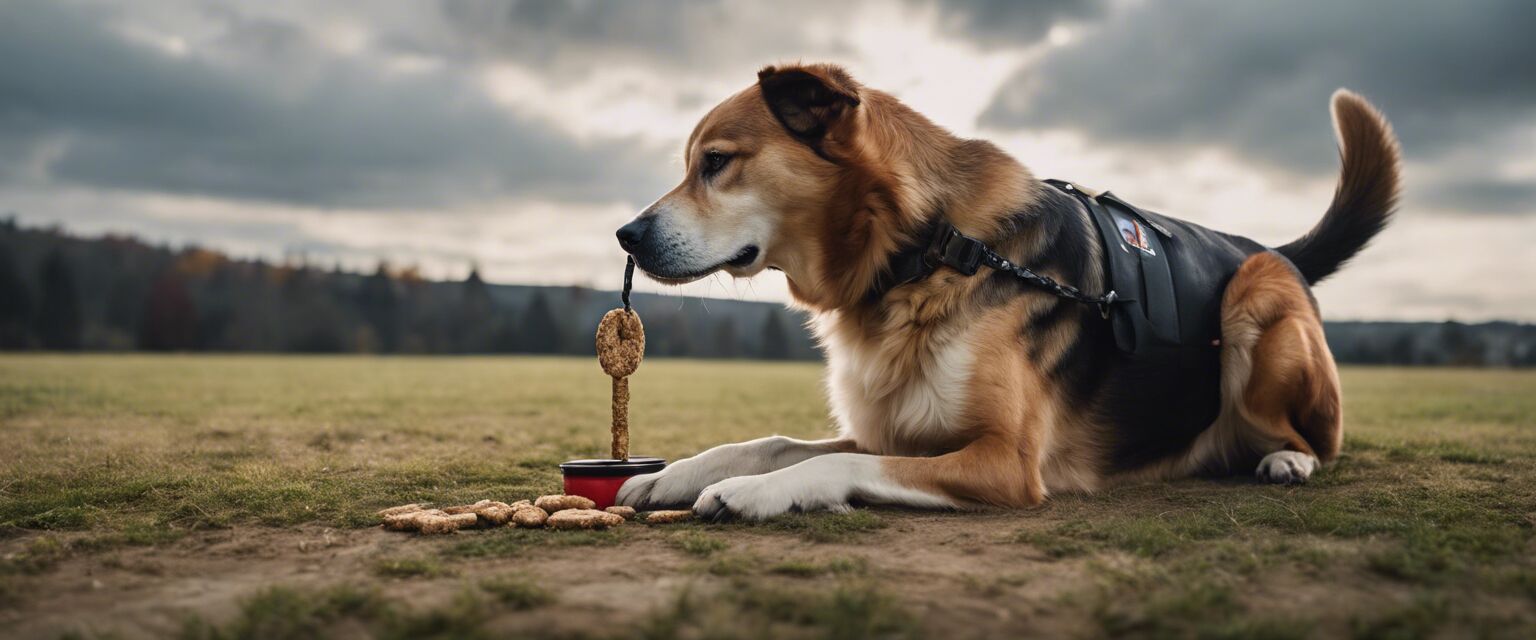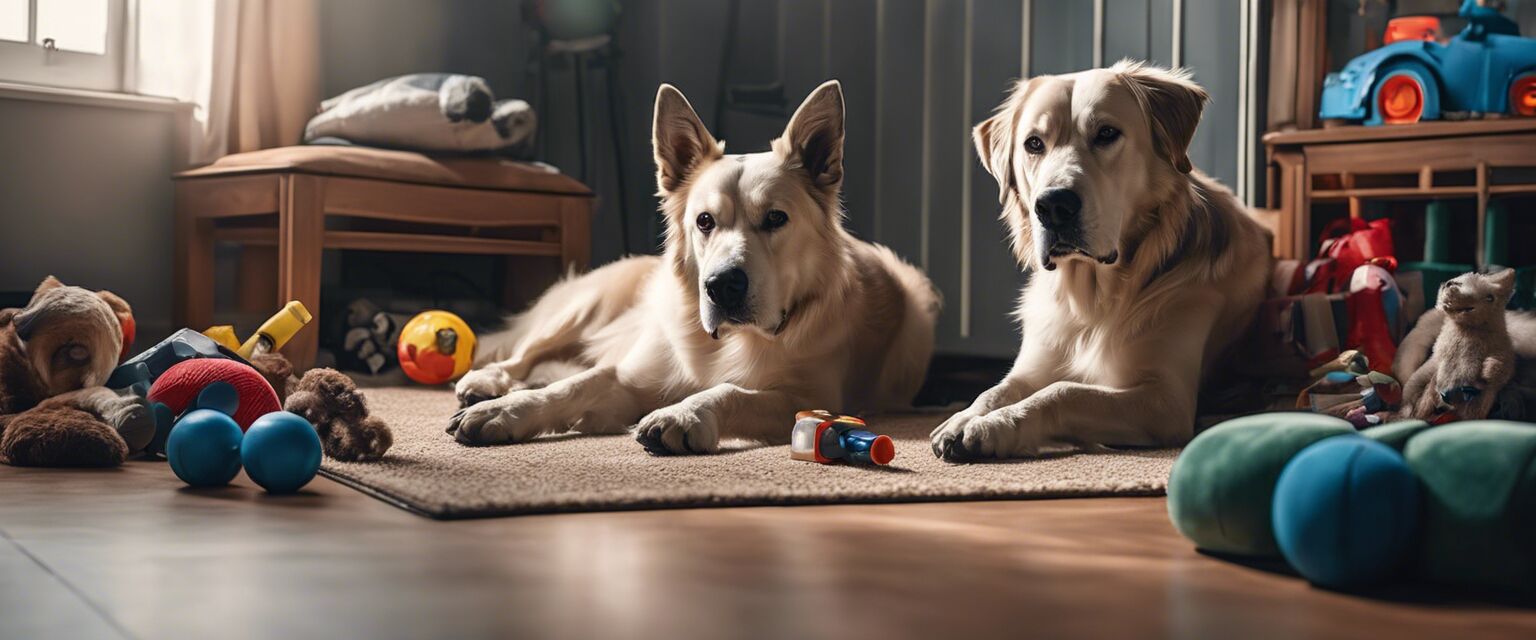
Behavioral Training for Senior Dogs
Key Takeaways
- Senior dogs require special attention due to physical and cognitive changes.
- Understanding common behavioral issues can help improve your dog's quality of life.
- Training consistency, patience, and the right tools are essential in addressing these issues.
- Specific solutions are available for anxiety, mobility, and cognitive support.
- Consulting with a veterinarian or a professional trainer can provide tailored guidance for your dogâs needs.
As dogs grow older, they face unique challenges that can lead to new behavioral issues. Whether your long-time companion has started showing signs of anxiety or you've welcomed a senior rescue into your home, understanding their needs is crucial. In this guide, we will explore effective training methods and tools specifically designed to address the behavioral concerns of senior dogs.
Understanding Senior Dog Behavior
Older dogs often deal with a variety of physical changes such as joint pain, decreased mobility, and hearing loss, along with cognitive changes that may lead to confusion or anxiety. Recognizing these changes is the first step in helping your canine friend adjust.
Common Behavioral Issues in Senior Dogs
Here's a list of common issues that may arise in older dogs:
- Anxiety: Many senior dogs experience increased anxiety, especially in new situations.
- Incontinence: Age-related changes may lead to problems with bladder control.
- Disorientation: Cognitive changes can lead to symptoms similar to dementia, causing your dog to appear confused.
- Decreased mobility: Joint pain can impact their ability to move freely, affecting their desire to participate in activities.
Effective Training Strategies
Training older dogs requires patience and understanding. Here are some strategies to employ:
- Positive Reinforcement: Use treats, praise, and affection to encourage good behavior.
- Short Training Sessions: Keep training sessions brief, as older dogs may tire quickly.
- Consistency: Use the same commands and cues to help your dog understand what is expected.
- Adapt Training Methods: Tailor training methods to accommodate any physical limitations your dog may have.

Consider Using Tools and Accessories
Utilizing training aids can greatly enhance the experience for both you and your dog. Consider exploring:
Pros
- Enhanced communication between you and your dog.
- Access to specialized tools for mobility or comfort.
- Increased confidence for both you and your dog through successful training.
Cons
- Some tools may require investment.
- Dogs may take time to adapt to new devices or methods.
- Lack of immediate results may lead to frustration.
Addressing Specific Issues
| Behavioral Issue | Suggested Solution | Recommended Tools |
|---|---|---|
| Anxiety | Establish a routine and create a safe space. | Anxiety solutions |
| Incontinence | Manage bathroom breaks and invest in protective products. | Incontinence solutions |
| Disorientation | Engage in stimulating activities to keep their mind active. | Cognitive support |
| Decreased Mobility | Encourage gentle exercise and stretching. | Mobility aids |

When to Seek Professional Help
If behavioral issues persist despite your best efforts, consider reaching out for professional assistance. A veterinarian or a certified dog trainer who specializes in senior dogs can provide tailored strategies that suit your dog's specific needs.
In addition to training, itâs essential to monitor your dog's health closely. Changes in behavior can be indicative of underlying health issues that may require veterinary attention. Regular check-ups can ensure your furry friend remains healthy and happy.
Tips for Beginners
- Start training in a quiet environment with minimal distractions.
- Use short, clear commands that your dog can easily understand.
- Be patient and give your dog plenty of time to learn new behaviors.
- Celebrate small wins and progress to build confidence.
- Maintain socialization opportunities that are gentle and controlled.
Conclusion
Training senior dogs requires a unique approach, understanding their physical and mental limitations, and adapting your methods accordingly. With the right training strategies and tools, you can address the common behavioral issues associated with aging dogs. Remember to approach training with love, patience, and consistency to foster a strong bond with your canine companion.






